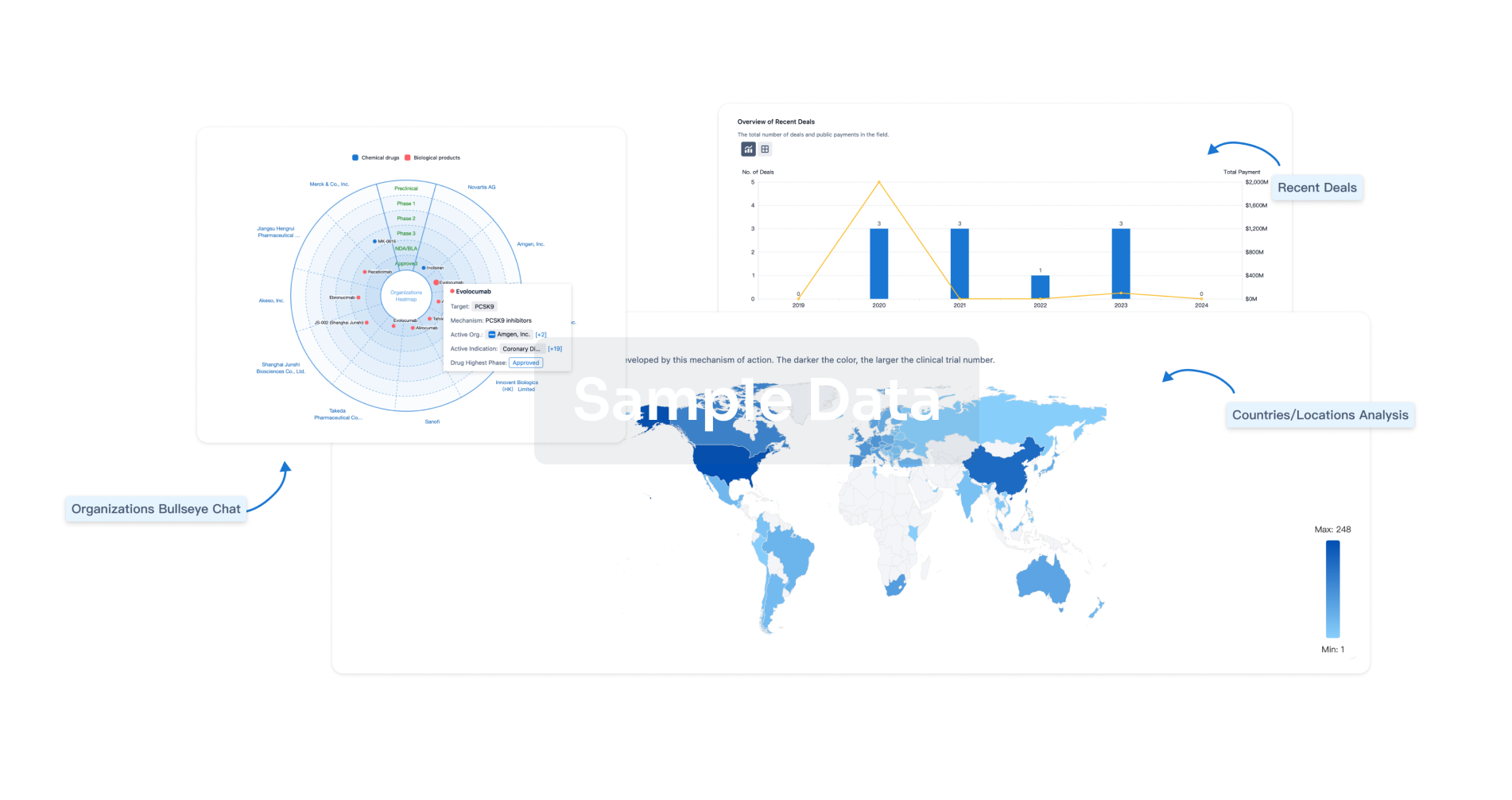Request Demo
Last update 08 May 2025
CAMP
Last update 08 May 2025
Basic Info
Synonyms 18 kDa cationic antimicrobial protein, Antibacterial peptide FALL-39, Antibacterial peptide LL-37 + [9] |
Introduction Antimicrobial peptide that is an integral component of the innate immune system (PubMed:10417311, PubMed:15778390, PubMed:16637646, PubMed:18818205, PubMed:22879591, PubMed:32753597, PubMed:33060695, PubMed:34708076, PubMed:8681941, PubMed:9736536). Binds to bacterial lipopolysaccharides (LPS) (PubMed:10417311, PubMed:16637646, PubMed:18818205, PubMed:33060695, PubMed:9736536). Causes membrane permeabilization by forming transmembrane pores (in vitro) (PubMed:22879591, PubMed:32753597, PubMed:33060695). Causes lysis of E.coli (PubMed:10417311). Exhibits antimicrobial activity against Gram-negative bacteria such as P.aeruginosa, S.typhimurium, E.aerogenes, E.coli and P.syringae, Gram-positive bacteria such as L.monocytogenes, S.epidermidis, S.pyogenes and S.aureus, as well as vancomycin-resistant enterococci (in vitro) (PubMed:10417311, PubMed:32753597, PubMed:8681941, PubMed:9736536). Exhibits antimicrobial activity against methicillin-resistant S.aureus, P.mirabilis, and C.albicans in low-salt media, but not in media containing 100 mM NaCl (in vitro) (PubMed:9736536). Forms chiral supramolecular assemblies with quinolone signal (PQS) molecules of P.aeruginosa, which may lead to interference of bacterial quorum signaling and perturbance of bacterial biofilm formation (PubMed:34708076). May form supramolecular fiber-like assemblies on bacterial membranes (PubMed:29133814). Induces cytokine and chemokine production as well as TNF/TNFA and CSF2/GMCSF production in normal human keratinocytes (PubMed:15778390). Exhibits hemolytic activity against red blood cells (PubMed:10417311).
Antimicrobial protein that is an integral component of the innate immune system (PubMed:14978112, PubMed:16637646, PubMed:18818205, PubMed:22879591, PubMed:9736536). Binds to bacterial lipopolysaccharides (LPS) (PubMed:16637646, PubMed:18818205). Acts via neutrophil N-formyl peptide receptors to enhance the release of CXCL2 (PubMed:22879591). Postsecretory processing generates multiple cathelicidin antimicrobial peptides with various lengths which act as a topical antimicrobial defense in sweat on skin (PubMed:14978112). The unprocessed precursor form, cathelicidin antimicrobial peptide, inhibits the growth of Gram-negative E.coli and E.aerogenes with efficiencies comparable to that of the mature peptide LL-37 (in vitro) (PubMed:9736536).
Acts synergistically with peptides KS-30 and KR-31, killing bacteria such as S.aureus, E.coli and C.albicans at lower concentrations when present together, and maintains activity at increased salt condition (PubMed:14978112). Does not have the ability to stimulate CXCL8/IL8 release from keratinocytes (PubMed:14978112).
Poorly active (MIC > 150 uM) against E.coli strain K12 (PubMed:14978112). Is able to induce the pro-inflammatory cytokine TNF/TNFA or the chemokine CCL2/MCP1 (PubMed:14978112).
Moderately antibacterial.
Moderately antibacterial (PubMed:14978112). Acts synergistically with peptides KR-20 and KR-31, killing bacteria such as S.aureus, E.coli and C.albicans at lower concentrations when present together, and maintain activity at increased salt condition (PubMed:14978112). Does not have the ability to stimulate CXCL8/IL8 release from keratinocytes (PubMed:14978112).
Acts synergistically with peptides KS-30 and KR-31, killing bacteria such as S.aureus, E.coli and C.albicans at lower concentrations when present together, and maintain activity at increased salt condition (PubMed:14978112). Does not have the ability to stimulate CXCL8/IL8 release from keratinocytes (PubMed:14978112).
Inhibits the growth of E.coli and B.megaterium and exhibits hemolytic activity against human red blood cells.
Exhibits antimicrobial activity against E.coli and B.megaterium (in vitro). |
Analysis
Perform a panoramic analysis of this field.
login
or

AI Agents Built for Biopharma Breakthroughs
Accelerate discovery. Empower decisions. Transform outcomes.
Get started for free today!
Accelerate Strategic R&D decision making with Synapse, PatSnap’s AI-powered Connected Innovation Intelligence Platform Built for Life Sciences Professionals.
Start your data trial now!
Synapse data is also accessible to external entities via APIs or data packages. Empower better decisions with the latest in pharmaceutical intelligence.
Bio
Bio Sequences Search & Analysis
Sign up for free
Chemical
Chemical Structures Search & Analysis
Sign up for free



